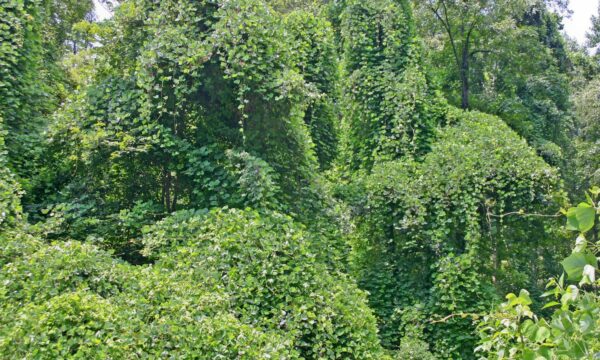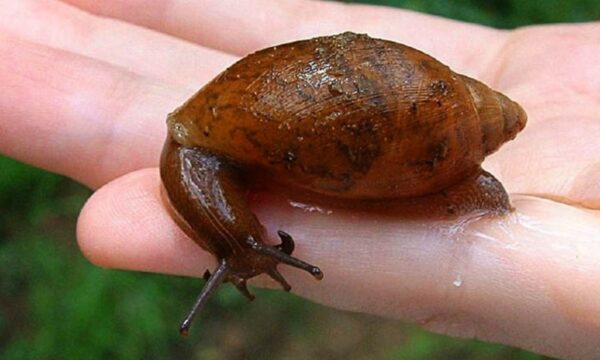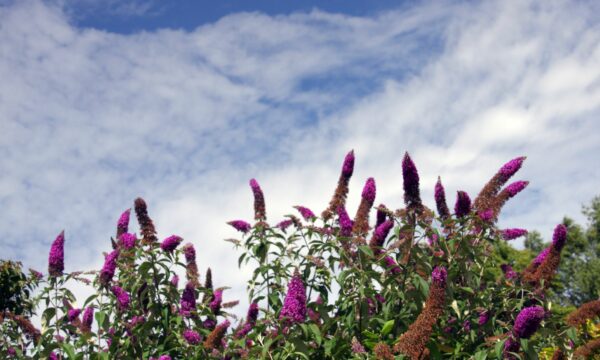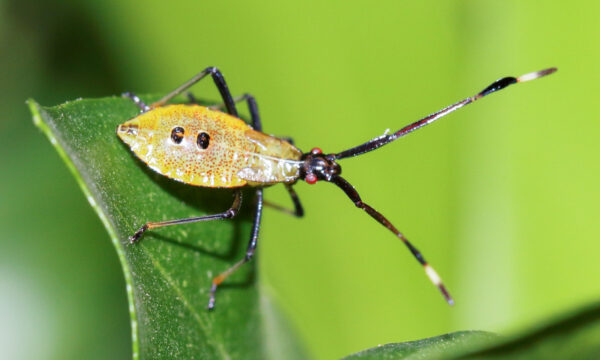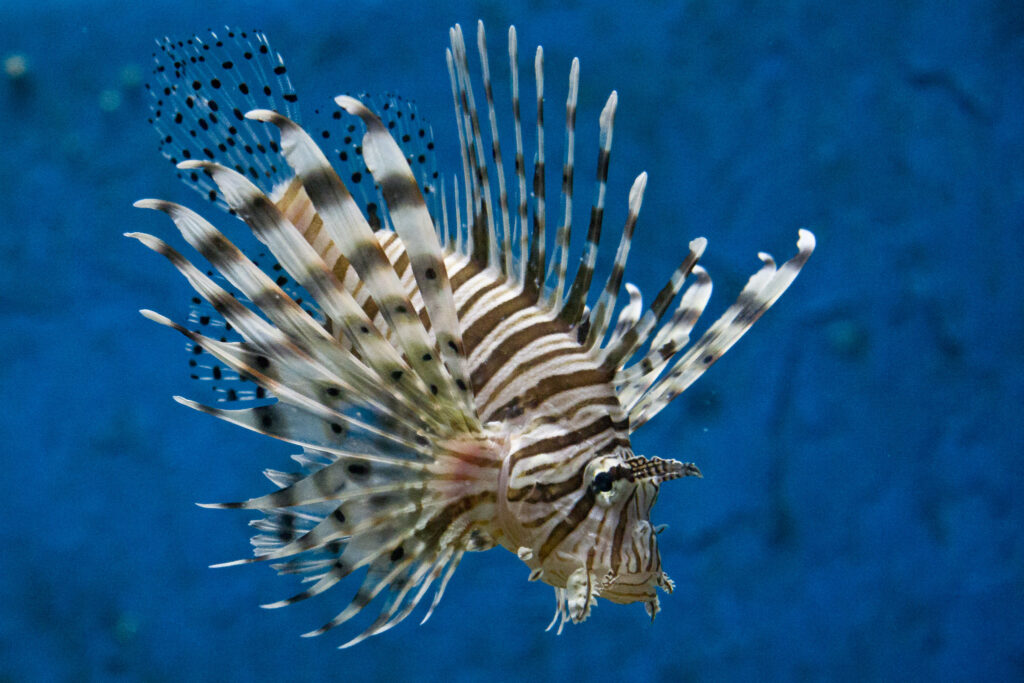
Invasive species are a major concern to ecosystems today. They are a key driver of biodiversity loss and species extinctions, competing against and predating on native organisms. However, scientific data on invasive species can play a huge role in helping to protect threatened biodiversity and species.
Irreversible damage
After habitat loss, invasive species are the second greatest threat to biodiversity. They are known to cost the global economy an estimated US$1.4 trillion every year.
The 2023 Assessment Report on Invasive Alien Species and their Control by the Intergovernmental Science-Policy Platform on Biodiversity and Ecosystem Services (IPBES) reported:
- 60% of global extinctions have been caused, on their own or alongside other drivers, by invasive alien species
- 16% of global extinctions have been caused solely by invasive alien species
- 85% of documented impacts of invasive species on nature are negative
Climate change is another threat which is increasing biological invasions. Unusual weather patterns such as rising temperatures, erratic rainfall and frosts can affect the distribution and number of invasive species. As a result of climate change, invasive species are now present in new countries due to environmental changes.
Without any mitigation, the impact of invasive species and climate change will persist and augment. Consequently, the extinction of species and the damaging effect on ecosystems is irreversible.
Therefore, conserving ecosystems through invasive species management strategies can help to counteract the impacts and avoid the worst – extinction.
Can scientific data on invasive species help?
Having comprehensive, up-to-date scientific data on invasive species is essential in enabling monitoring and control strategies.
Information can include data on an invasive species distribution range, biological and ecological attributes, risks and impacts and specific control measures. This information can therefore be used to prevent invasive species from being introduced, spreading and damaging species in newly invaded habitats.
By making scientific data on invasive species available to policymakers, research scientists, authorities, government officials and other organizations, it can be integrated into their policies and programmes. This will help to facilitate active management and control of invasives.
Creating and publishing comprehensive data
With funding from the United States Department of Agriculture’s Plant Health Inspection Service (USDA-APHIS), CABI is working with Effective Environmental Restoration (EER), a non-governmental organization in Puerto Rico, on a project which is commissioning, processing and publishing 72 datasheets of invasive species that are affecting endangered or threatened species in the USA or other countries in the world.
As part of a previous project (concluding in 2018), also funded by USDA-APHIS, CABI published over 300 datasheets covering invasives impacting species on the Endangered Species Act (ESA) or the International Union for the Conservation of Nature (IUCN) Red Book list in the USA and other countries. Datasheets were published and made freely available online through the CABI Invasive Species Compendium.
In 2021, the US Fish and Wildlife Service updated its list of endangered and threatened species in the ESA. The IUCN also revised the threatened species in its Red Book.
This new project focuses on invasives mentioned as affecting species in the USA and worldwide that have been recently added to the ESA and the IUCN lists. Furthermore, there are no current CABI Compendium datasheets, or the existing datasheets are outdated.
CABI’s Project Manager Gareth Richards, who is also the Compendium Programme Manager said “Each datasheet contains authoritative information on the invasive species identification, distribution, biology and ecology, management and control. References and links to further sources of information are included. These datasheets will be made available for free through CABI’s Invasive Species Compendium. A resource which is accessed annually by over three million users.”
The candidates
The 72 prioritized invasive species include animals, plants, fungi and diseases. For example, the Red Swamp Crayfish, the Red lionfish, Scolopendra morsitans, Batrachochytrium dendrobatidis, and the Rainbow trout.
The Red Swamp Crayfish is highly invasive and is native to North America. Known for its ability to colonize freshwater, it is the world’s second most cultured crustacean species. It causes significant destruction of aquatic plants and preys heavily on insects and molluscs, therefore reducing any resources available for native species and a change in the ecosystem.
Batrachochytrium dendrobatidis(Bd) is a zoosporic fungus. It causes a serious infectious disease in amphibians, such as the American Bullfrog, resulting in mass mortality and population declines. Bd is one of the world’s 100 worst invasive species known to tolerate wide-ranging temperatures and precipitation regimes.


By having current and comprehensive scientific data on invasive species including the most harmful and impactful, we can predict and prevent damage to our ecosystems.
Hilda Diaz-Soltero, Caribbean Advisor to the APHIS Administrator and APHIS Climate Change Coordinator said “Extinction is forever. Once we lose a species, it is gone. Carrying out this project and successive work on controlling invasive species will ensure actions to help protect and recover endangered species.”
The CABI project is due to publish the commissioned datasheets by the middle of 2024.
Find out more about scientific data on invasive species
CABI Project: Collating and publishing datasheets on impactful invasive species
CABI Compendium: Invasive Species
Relevant stories
CABI Distribution Database contributes to synoptic review of plant disease epidemics and outbreaks
Related News & Blogs
Invasive rats: A closer look at 4 species causing problems around the world
The invasion of non-native species is among the primary reasons for the destruction of plants and wildlife across the globe. Rats are considered one of the world’s most invasive species. Second only to humans in their ecological damage. In particular,…
21 August 2023

